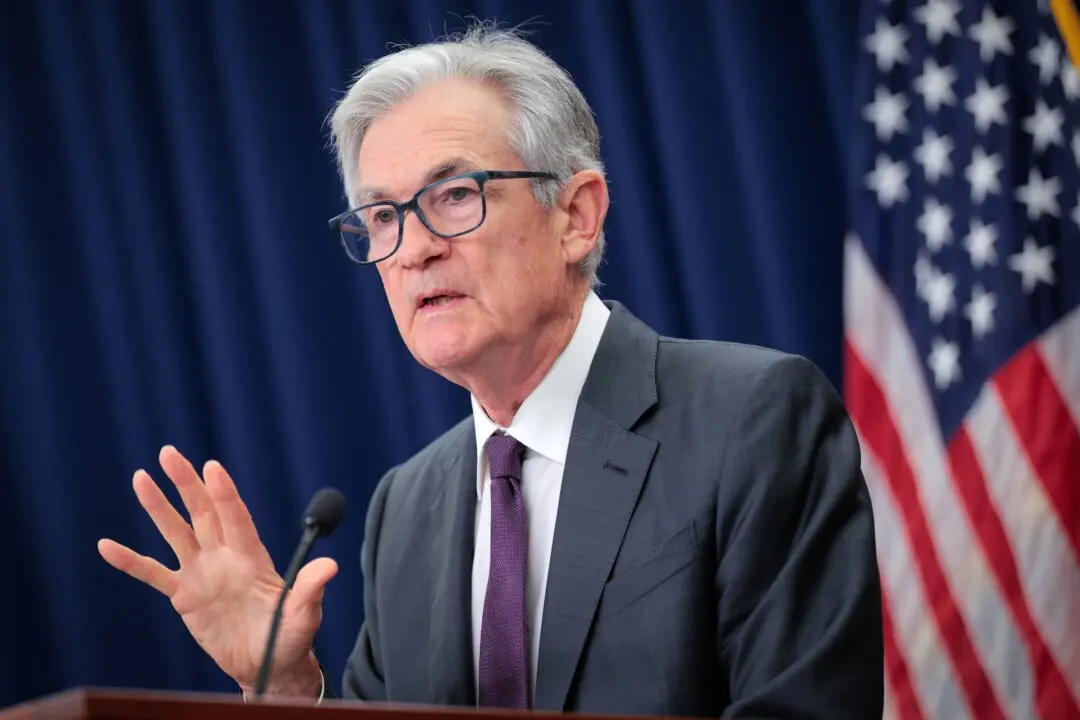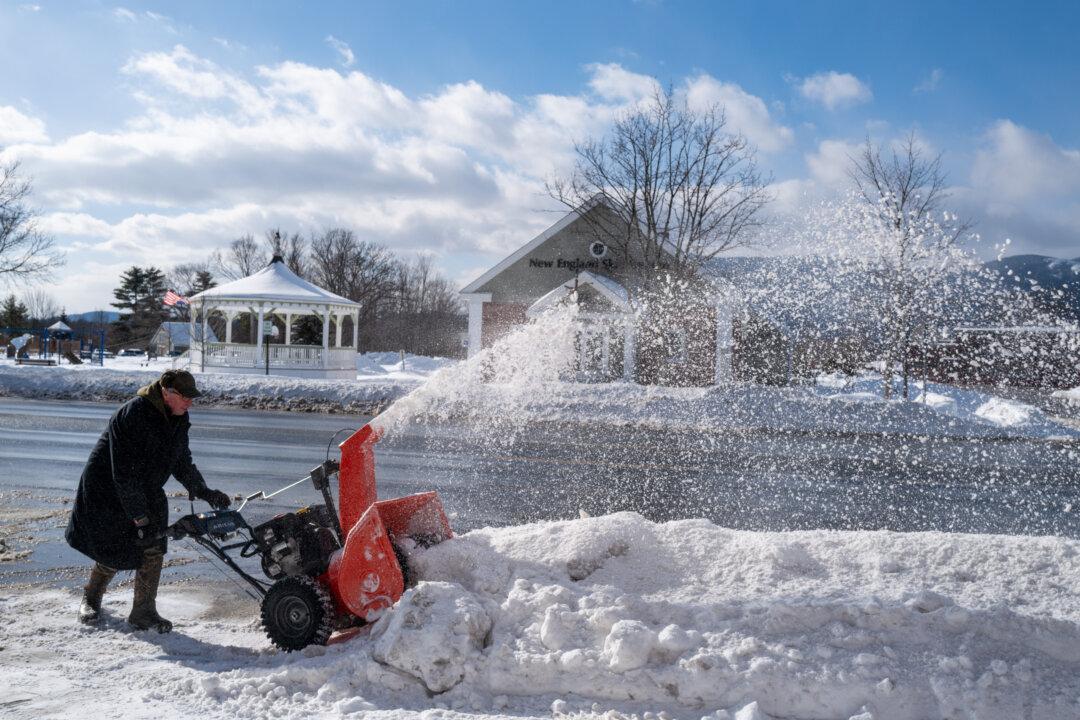Commentary
About 18 months ago, there was some chatter in Washington about a COVID commission that would examine the wild response and evaluate its good and bad features and make recommendations for the future. From the looks of it at the time, it seemed pretty obvious where it was going. In effect, it was going to be a cover-up, just government and industry leaders and anointed “experts” touting their wise decision-making while offering some mild tweaks for the future.





